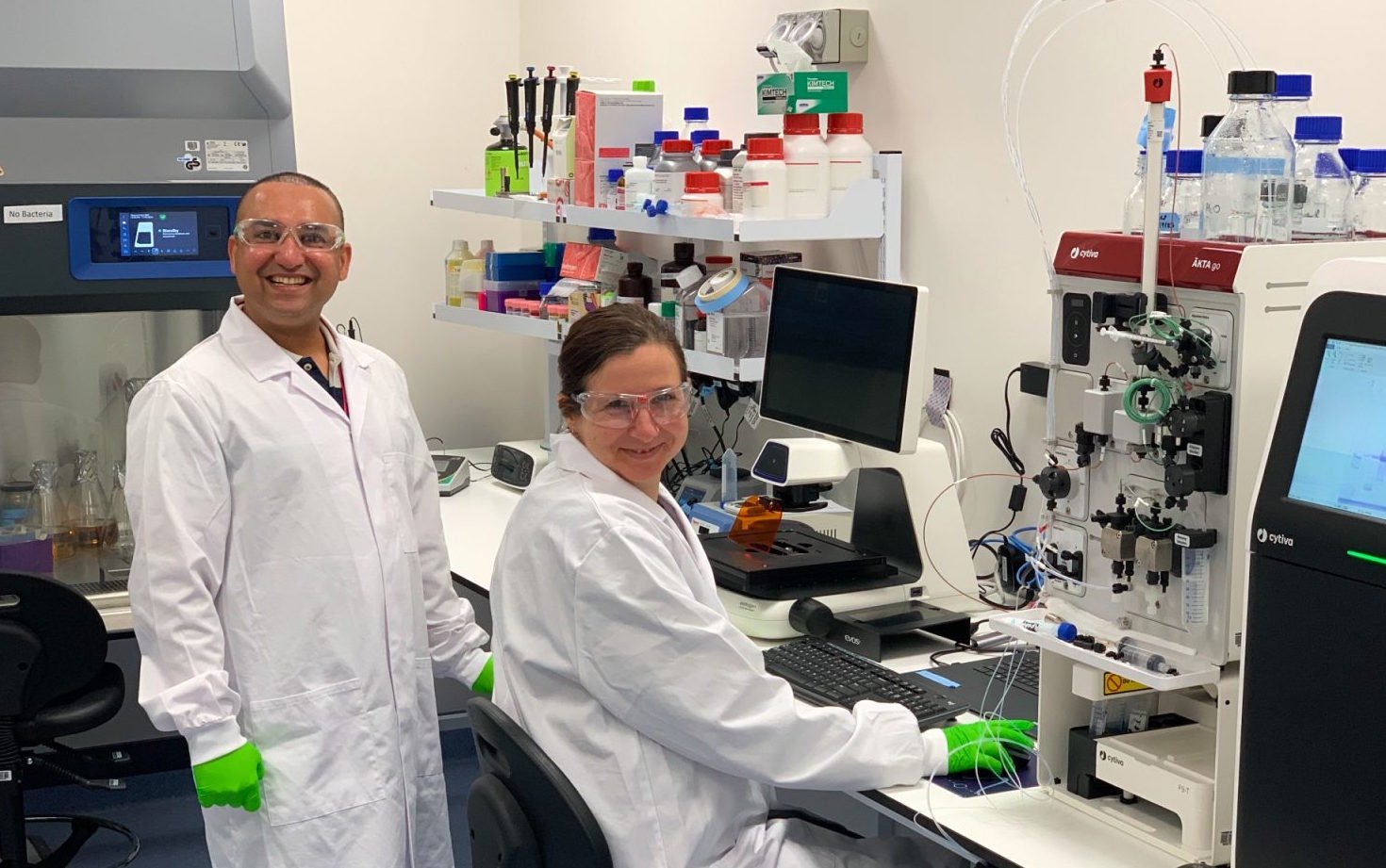Social media, mobile apps transform healthcare in APAC
29 August 2013 | Opinion | By BioSpectrum Bureau

Key tenets pervade the way in which healthcare ecosystems are rapidly changing: quality, outcomes, cost (efficiencies and return on investment), and accessibility. Whether a country has a nationalized/universal healthcare program (Japan, UK, Taiwan), privatized healthcare program (US), or hybrid model (Singapore), key stakeholders are all faced with addressing fundamental issues - driving down cost, making healthcare more accessible, finding ways to improve patient outcomes, and ultimately improving the quality of care for their citizens.
There are many global communication trends that could be better utilized in the Asia Pacific region; and, while the region is often considered to be conservative and averse to change, it will begin coming into its own, particularly in the digital space. Pharmaceuticals, governments, non-government organizations (NGOs) and health institutions around the region are looking to become more versatile in order to capitalize on these trends and to ensure healthy messages reach and influence the right audiences.
One of the first ways that this will happen is through the 'normalization of disease.' Stigma is the enemy of understanding and as such, we can expect more direct messaging through social networks, SMSes, and mobile applications that make people consider diseases or topics that are traditionally taboo, such as mental illness or obesity. By communicating openly about them and ensuring that terminology is not filled with medical jargon, the idea is that people will be more open to discussing these issues with their family, friends and healthcare providers. Digital technology, particularly mobile and social platforms, will allow this to happen in a familiar setting with a veil of anonymity and foster people to connect in the real world around shared ideas.
The trend towards mobile communications has not been lost on the healthcare industry. Mobile apps that can read a person's pulse or blood sugar levels are already gaining traction in the US. Expect to see more regionally relevant, multi-language apps and services that help people to live healthy lifestyles 'on the go.' What's more is that the personalized messaging power of mobile and social media fits well with the medical trend of personalized healthcare. Expect more digital health solutions that speak to patients' direct needs and are linked to targeted therapies.
Japan, for instance, is facing an interesting dilemma. Unlike many of its peer countries in the Asia Pacific region, the population of Japan is aging, its overall population is expected to decline (from 130 million to 80 million by 2050) and many patient populations are facing chronic disease conditions for the first time. There is intense pressure to reduce medical care costs and increase the quality of life (for its aging population), so a keen focus is on prevention, screening, and the early detection of illness to prevent the costly treatment of chronic diseases.
In fact, Japan has some of the highest smartphone adoption rates by consumers in the world (nearly 85 percent, according to eMarketer, 2013), as well as some of the highest rates of adoption of mobile devices by HCP's in the world (nearly 78 percent according to a 2012 McKinsey survey). As a result, there is an emphasis on developing mobile optimized tools, resources, and applications that can enhance the patient-provider relationship and financially empower patients to take charge of their own health.
While the US also faces an aging population and an increased rate of chronic diseases, the US Veteran's Department of Health Administration has done an admirable job of incorporating technology to enhance the patient-provider relationship for its veterans. Mr Richard Stark, MD, director of primary care operations for the US Department of Veteran Affairs, leads the largest 'integrated' healthcare system in the US with over eight million veterans. The Patient Aligned Care Teams (PACT), a personalized and proactive patient-driven approach to the delivery of care, incorporates many facets of digital intervention, such as an integrated electronic medical record (EMR), telehealth programs, and the deployment of multiple mobile apps. Since the integration of these resources into the PACT program, impressive results have been recognized: acute hospital visits to VHA facilities have decreased by 5 percent, 600,000 patients have opted into secure messaging, and 148,385 patients have been treated through telehealth programs across 44 clinical specialties.
As Asian governments begin to make the push to combat non-communicable diseases (NCDs) such as obesity and diabetes, there will be an opportunity for private industry to assist in shifting the health mindset from 'me' to 'community'. As such, we can expect to see health communications expound a need for self-care, but in the context of the larger community and the impact on society. In Asia, this will manifest in the form of more running groups, health related social clubs, communities focused on supporting people with various ailments, and all of it will be organized, promoted and facilitated through social and digital media.
One of the biggest challenges for governments, media and businesses is the lack of relevant data in the region. Governments will need to start working more closely with health providers as well as the telecom sector to improve data capture from mobile phones, conduct expansive surveys, and focused health research in order to learn more about people's behavior. How this data is used, however, will be more interesting. By feeding this information back to the public and providing digital, mobile, and social platforms that translate and visualize the information, governments will have a greater effect through the use of feedback loops so that society can become healthier collectively.
Digital technologies have not only changed how people communicate, but they are changing how we think and behave.
Health communications is one area that will see a major shift in the region in the coming years. As costs continue to rise and burdens continue to shift, there are yet dozens of examples in the US, EU, and Africa where digital health platforms have led to improved, more cost efficient healthcare ecosystems. Each country in Asia that approaches digital health with the specificity that meets each market demand, through best practices and key leanings, as well as proven methods of delivery, will help improve its citizens quality of life, one at a time.












